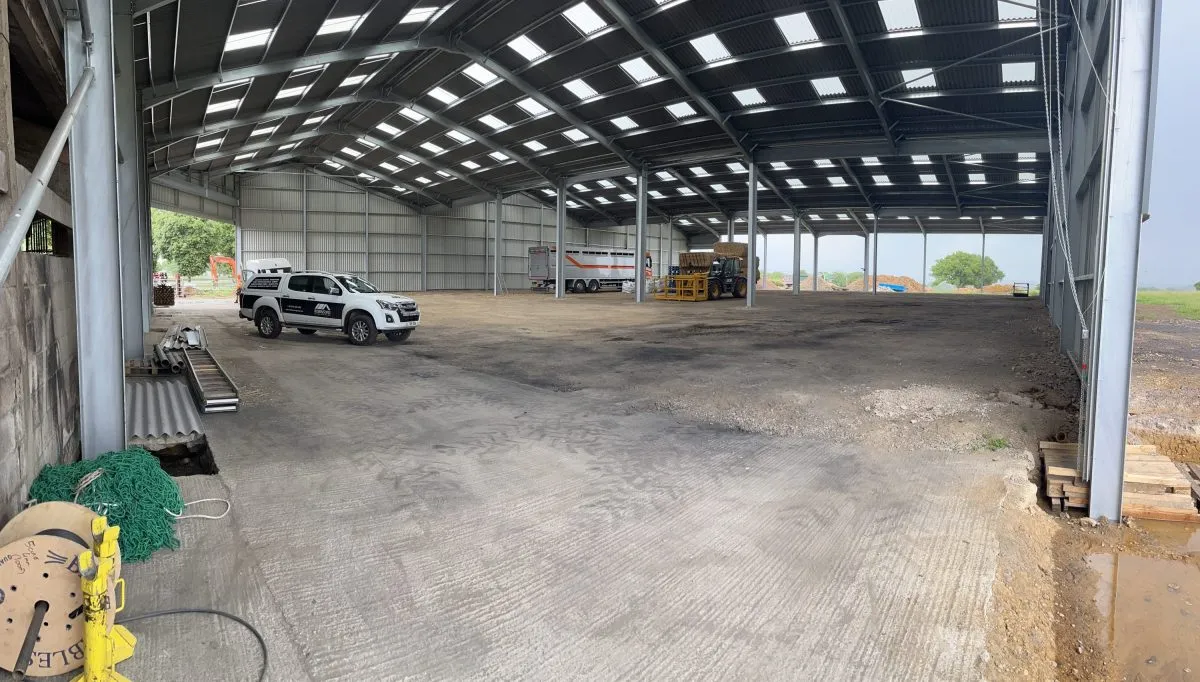- Afrikaans
- Albanian
- Amharic
- Arabic
- Armenian
- Azerbaijani
- Basque
- Belarusian
- Bengali
- Bosnian
- Bulgarian
- Catalan
- Cebuano
- Corsican
- Croatian
- Czech
- Danish
- Dutch
- English
- Esperanto
- Estonian
- Finnish
- French
- Frisian
- Galician
- Georgian
- German
- Greek
- Gujarati
- Haitian Creole
- hausa
- hawaiian
- Hebrew
- Hindi
- Miao
- Hungarian
- Icelandic
- igbo
- Indonesian
- irish
- Italian
- Japanese
- Javanese
- Kannada
- kazakh
- Khmer
- Rwandese
- Korean
- Kurdish
- Kyrgyz
- Lao
- Latin
- Latvian
- Lithuanian
- Luxembourgish
- Macedonian
- Malgashi
- Malay
- Malayalam
- Maltese
- Maori
- Marathi
- Mongolian
- Myanmar
- Nepali
- Norwegian
- Norwegian
- Occitan
- Pashto
- Persian
- Polish
- Portuguese
- Punjabi
- Romanian
- Russian
- Samoan
- Scottish Gaelic
- Serbian
- Sesotho
- Shona
- Sindhi
- Sinhala
- Slovak
- Slovenian
- Somali
- Spanish
- Sundanese
- Swahili
- Swedish
- Tagalog
- Tajik
- Tamil
- Tatar
- Telugu
- Thai
- Turkish
- Turkmen
- Ukrainian
- Urdu
- Uighur
- Uzbek
- Vietnamese
- Welsh
- Bantu
- Yiddish
- Yoruba
- Zulu
Nov . 14, 2024 03:29 Back to list
Steel Frame Roof Design An Overview
Steel frame roof design is a crucial aspect of modern construction, providing structural integrity, durability, and aesthetic appeal to buildings. As urban landscapes evolve, the demand for innovative roofing solutions has increased, making steel frames a popular choice among architects and engineers. This article delves into the key features, advantages, and considerations surrounding steel frame roof design.
One of the primary benefits of using steel in roof construction is its strength-to-weight ratio. Steel possesses remarkable tensile and compressive strength, allowing it to support substantial loads without the bulkiness associated with other materials like concrete or wood. This capability enables designers to create expansive roofs with fewer supporting columns, facilitating open spaces and enhancing the overall functionality of a building.
In addition to strength, steel frames offer exceptional durability. They are resistant to many common issues that affect traditional roofing materials, such as rot, pests, and severe weather conditions. Steel is inherently fire-resistant, which adds another layer of safety to structures, especially in urban environments where fire hazards are a concern. With proper maintenance, steel roofs can have a lifespan of 50 years or more, making them a cost-effective long-term investment.
The versatility of steel frame roofs is another point of attraction. Steel can be prefabricated into various shapes and sizes, making it adaptable to a wide range of architectural styles. Whether it’s a sleek modern design or a more traditional look, steel frames can accommodate diverse aesthetic preferences. Moreover, advancements in coating technologies allow for a variety of finishes and colors, enhancing the roof’s visual appeal while providing additional corrosion resistance.
steel frame roof design

Sustainability is becoming increasingly important in architectural design, and steel frames contribute positively in this aspect. Steel is recyclable, making it an environmentally friendly option compared to other materials that may not have such properties. Additionally, the energy efficiency of buildings with steel roofs can be enhanced through insulation and reflective coatings, helping reduce energy consumption and associated costs.
However, while steel frame roof design presents numerous advantages, it is essential to consider several factors during the planning and construction phases. The thermal conductivity of steel means it can conduct heat, potentially leading to uncomfortable indoor temperatures. Therefore, proper insulation is crucial to mitigate this issue and ensure energy efficiency.
Furthermore, the design should account for potential corrosion, especially in environments exposed to moisture and saltwater, which is prevalent in coastal regions. Utilizing galvanized or weather-resistant steel can help address these concerns. Lastly, collaboration between architects, engineers, and contractors is vital to ensure that the steel frame is of adequate strength and complies with local building codes and regulations.
In conclusion, steel frame roof design stands out as a pivotal component in contemporary architecture. Its strength, durability, versatility, and sustainability make it an ideal choice for various building types. As innovative design practices continue to evolve, the role of steel frames in roof construction will undoubtedly expand, providing functional and aesthetically pleasing solutions to meet the demands of modern society. With careful planning and consideration of relevant factors, steel frame roofs can offer both immediate and long-lasting benefits in the architectural landscape.
-
How Do Prefabricated Steel Structures Transform Modern Construction?
NewsJul.14,2025
-
How Do Prefabricated Metal Buildings Redefine Modern Construction?
NewsJul.14,2025
-
How Do Prefab Insulated Metal Buildings and Steel Structures Revolutionize Modern Construction?
NewsJul.14,2025
-
How Do Pre - Engineered Steel Structures Redefine Modern Construction?
NewsJul.14,2025
-
Advancing Modular Construction with Prefabricated Metal Structures
NewsJul.14,2025
-
Advancing Industrial Infrastructure with Prefabricated Steel Solutions
NewsJul.14,2025
Products categories
Our Latest News
We have a professional design team and an excellent production and construction team.












